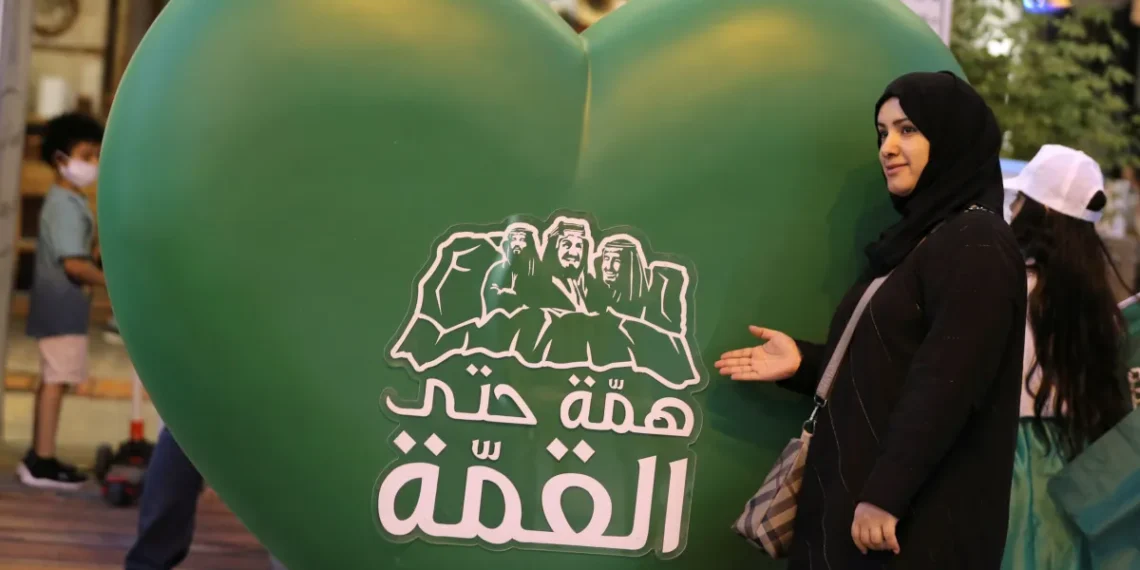Since designations as the minister of defense in 2015 and takeover of power as crown prince two years later, Mohammad bin Salman has overhauled the local and international face of Saudi Arabia. The young crown prince has been the architect of the modern Saudi Arabia with the introduction of Vision 2030 shortly after rise into power. The country has experienced a grave economic reform that could have shaken the pillars of any governance system, cutting down on the subsides, increasing the expenses of social services, and introducing value-added tax to a society that has long been enjoying administrative rentiers.
The nation was entering a new age of modernization of country and diversification of economy and social contracts must have been subjected to amendments to be consistent with the nature of the new era. Besides, the religious foundation was an obstacle to the overhaul project which entailed cultural and societal reforms. Religion and religious figures have long been the main components of governance system in Saudi Arabia with the former providing the latter with legitimacy and popular support. The erasure of religious entity, or undermining it, could have put the whole project at stake due to the nation’s long-standing identity entangled with religion. The Religious identity, in effect, needed to be replaced by another identity, strong enough to counter the societal pertinacity and religious leaders’ intransigence.
The new young prince, and effectively the ruler of the nation, needed a stick to prop the governing system up during the critical years of overhaul. National identity and underscoring the Saudi name and character has provided the new governing system with the chance to keep up with their dramatic reforms. Nationalism, as opposed to religious and conservative identity, bore a modernist nature facilitating the administration’s bid to open up the cultural atmosphere of the country. The provocation of nationalist views in the mass public didn’t realize through a smooth process of political and societal reforms identified by the nation. Here, in Saudi Arabia, even nationalism proved a top-down coercive practice for which large part of the nation had no free choice.
Phase 1; Mobilization
The mobilization of nationalism in Saudi society was founded on the steps that were taken during King Abdullah reign in Saudi Arabia. Abdullah’s steps actually reinforced the frail voices of liberalism and nationalism in the country after centuries of finding Islam as the entire source of identity for the nation. The new young ruler mobilized the nation, 60% of whom under the age of 30, with fresh definitions of being a Saudi Arabian citizen.
Mohammad bin Salman’s introduction to power was preceded by his invasion of Yemen to provoke a sense of national unity against a regional threat. Then-defense minister of Saudi Arabia might have acknowledged the impossibility of annihilation of Houthi forces considering their volatility and absorption in the Yemeni nation. The potential motivation was to trigger the nation into supporting the governing system. The war was also backed by the renowned religious, political, and cultural figures of the country. Operation “Decisive Storm”, with the name alluding to King Abdulaziz, was not fruitful in Yemen, resulting in famine, depravity, and death for the people, while it was fruitful locally introducing bin Salman as the founder of “difficult missions”. A media campaign in social media and television furthered promoted the operation as a nationalist prowess that will serve the country in the long-run.
Phase 2: Crackdown
Saudi version of nationalism entailed a series of crackdowns on influential figures in political, religious, and economic sectors. The first wave of Saudi Arabian purge started in September 2017 when multiple princes and members of royal family were arrested and put under house confinement. Bin Salman went so far as to arrest his own mother, Queen Fahda bint Falah, due to curious reasons. The arrests continued in the early months of 2018 with the businessmen and wealthy elite groups. Renowned figure like Prince Al-Waleed bin Talal were among these victims of the second round of detentions. A third wave of arrests targeted women’s rights activists shortly before the implementation of the historic lifting the ban on women’s right to get a drivers’ license. The arrests shattered the image of a modern Saudi Arabia moving ahead at pace towards liberalism and civil liberties.
A deeper level of crackdown took place when Saudi leaders mobilized their campaign on social and traditional media to lambast any criticism of the governing system. Counter-terrorism law was amended in 2017 penalizing any open criticism of Saudi Arabia’s fresh model of governance. In the meantime, hyper-nationalists were promoted by the administration on social media accusing any critical voice of being “traitor”. Using hashtags like #embassyagents, these media trolls meant to defame any person, group, or activism criticizing the ruling class or the country’s direction.
The Saudi nationalism is a top-down version of nationalist tenor that served the state, not the society. It is an inorganic portrayal of the Saudi society using malignant tools to align the whole society with a state that has just replaced for religion. Using the traditional media, along with the digital one, technology, renowned figures and entertainment events, bin Salman contained any voice that criticized the novel nationalist narrative. Saudi television ended all classic programs featuring a debate between two or more attitudes, replacing them with shows celebrating the crown prince’s programs and introducing the grassroots as its main supporters.
The intolerance was extended to Riyadh’s foreign policy priorities with the country harshly responding to any worldwide criticism of the monarchy. Back in 2018, Germany’s dissection of some Saudi policies in the region as “adventurism” was harshly received by the Saudi leader putting all German trade operation in the country on hold. Riyadh summoned its ambassador to Berlin and froze any diplomatic ties. The practice, observed recurrently in recent years, was guided by the extensive stratagem of countering any voice that tarnished the national identity of Saudi nation. Utilizing a “Saudi first” key word, the kingdom’s attitude meant to consolidate the power of the young ruler through aggressively defending the rights of the nation. The irony exposed itself when some of these confrontations followed a foreign caution about rights infringement in Saudi Arabia.
The grassroots were actually a main part of the nationalist tendencies following the post-2017 overhauls. These groups of former liberals, however, tended to move in a different direction. Substantially undermined by the hyper-nationalists active on social media and elsewhere, they still found their way towards development and reinforcement. Saudi nationalism, despite administrative efforts, is not, and cannot be, a unified fashion considering the nature and essence of nationalism. The top-down nationalism and the grassroots version might meet at a critical junction in Saudi development road; a meeting not necessarily meant to join forces.
| The views expressed in this article belong to the author and do not necessarily reflect the editorial policy of Al-Sarira. |








